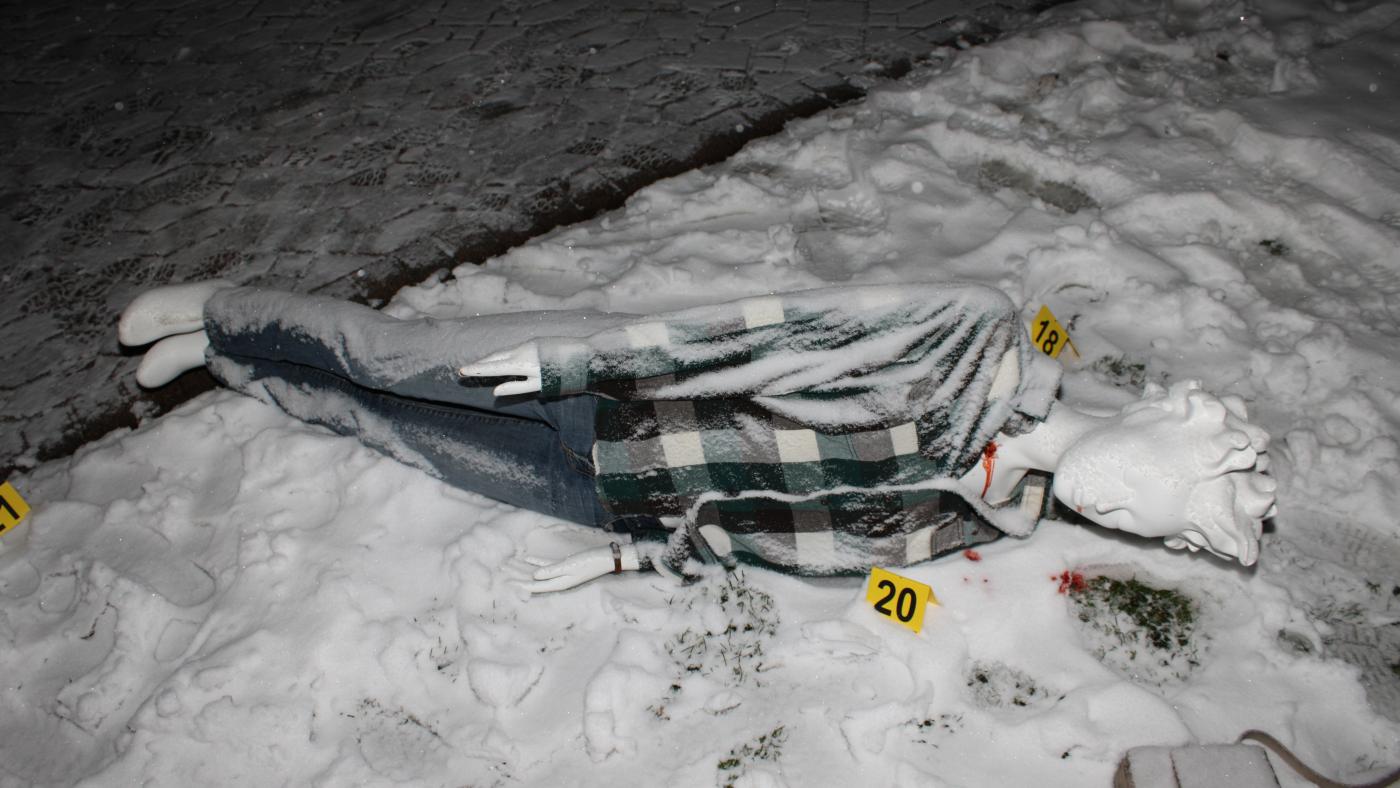Understanding Crime Scene Evidence Photos: Importance And Best Practices
Crime scene evidence photos play a significant role in criminal investigations, providing vital documentation that can be crucial for solving cases. These images serve as a visual record of the scene, helping law enforcement, forensic experts, and legal professionals analyze and interpret the events that transpired. In this article, we will delve into the importance of crime scene photos, the techniques used for capturing them, and the ethical considerations that come into play.
From the initial response to a crime scene to the courtroom, the process of collecting and utilizing evidence photos is intricate and requires expertise. Understanding the best practices in photographing crime scenes can enhance the quality of the evidence collected, ensuring that it holds up under scrutiny during investigations and trials. This article will provide a comprehensive overview of these practices, emphasizing the significance of accurate documentation and the methods employed by professionals.
As we explore the world of crime scene photography, we will also highlight the technological advancements that have transformed the field, making it more efficient and effective. By the end of this article, readers will have a clearer understanding of how crime scene photos contribute to the justice system and the best practices for capturing these critical pieces of evidence.
Table of Contents
- The Importance of Crime Scene Photos
- Techniques for Capturing Effective Crime Scene Photos
- Ethical Considerations in Crime Scene Photography
- Challenges in Crime Scene Photography
- Case Studies: Impact of Crime Scene Photos
- Future Trends in Crime Scene Photography
- Conclusion
The Importance of Crime Scene Photos
Crime scene photos are essential for several reasons:
- Documentation: They provide a permanent record of the crime scene as it was found, preserving details that may change over time.
- Evidence: Photos can serve as evidence in court, helping to establish timelines and support witness testimonies.
- Analysis: Forensic experts use photos to analyze blood splatter patterns, weapon placement, and other critical details that can lead to a breakthrough in the case.
Techniques for Capturing Effective Crime Scene Photos
To ensure that crime scene photos are effective, certain techniques should be followed:
Camera Settings and Equipment
- Use a High-Quality Camera: A DSLR or mirrorless camera is recommended for capturing detailed images.
- Manual Settings: Adjust the aperture, shutter speed, and ISO settings to suit the lighting conditions of the scene.
- Tripod: Utilize a tripod to stabilize the camera, especially in low-light situations.
Composition and Framing
Proper composition is crucial for effectively conveying the details of a crime scene:
- Wide Shots: Start with wide shots to capture the overall layout of the scene.
- Close-Ups: Follow up with close-up shots of specific evidence, such as fingerprints or blood stains.
- Angle Variety: Capture images from multiple angles to provide a comprehensive view.
Ethical Considerations in Crime Scene Photography
Photographers must adhere to ethical guidelines when capturing crime scene images:
- Respect for Victims: Be mindful of the sensitivity surrounding crime scenes, especially in cases involving victims.
- Confidentiality: Ensure that images are only shared with authorized personnel and stored securely.
- Integrity: Avoid altering or staging photographs, as this can compromise the integrity of the evidence.
Challenges in Crime Scene Photography
Photographers face several challenges when capturing crime scene photos:
- Lighting Conditions: Poor lighting can affect the quality of the images, making it difficult to capture details.
- Environmental Factors: Weather conditions can impact outdoor crime scenes.
- Emotional Impact: Photographers must navigate the emotional weight of documenting traumatic events.
Case Studies: Impact of Crime Scene Photos
Numerous cases illustrate the importance of crime scene photos:
- The O.J. Simpson Trial: Photographic evidence played a crucial role in the high-profile case, influencing public perception and jury decisions.
- The JonBenét Ramsey Case: Crime scene photos provided insight into the circumstances surrounding the child's death, aiding investigators.
Future Trends in Crime Scene Photography
As technology advances, crime scene photography continues to evolve:
- 360-Degree Cameras: These cameras allow for immersive documentation of crime scenes.
- Drones: Drones can capture aerial views of larger crime scenes, providing a broader perspective.
- Digital Forensics: Enhanced software tools are being developed for analyzing photographic evidence.
Conclusion
In conclusion, crime scene evidence photos are indispensable in the realm of criminal justice. They provide critical documentation, serve as courtroom evidence, and aid in the analysis of complex cases. By understanding the techniques, ethical considerations, and challenges involved in crime scene photography, professionals can ensure that their work contributes effectively to the investigative process. We encourage readers to engage with this topic further by leaving comments, sharing their thoughts, or exploring related articles on our site.
Final Thoughts
We hope this article has shed light on the importance of crime scene evidence photos and the best practices for capturing them. The next time you encounter a crime scene photo, remember the skill and ethical considerations that went into creating that vital piece of evidence. Thank you for reading, and we look forward to seeing you back here for more insightful content.
Gyosy Rose Crime Scene: Unraveling The Mystery Behind The Infamous Incident
Understanding The Gypsy Rose Crime Scene: A Deep Dive Into A Tragic Story
Gypsy Rose Murder Pics: Unraveling The Complexities Of A Controversial Case


